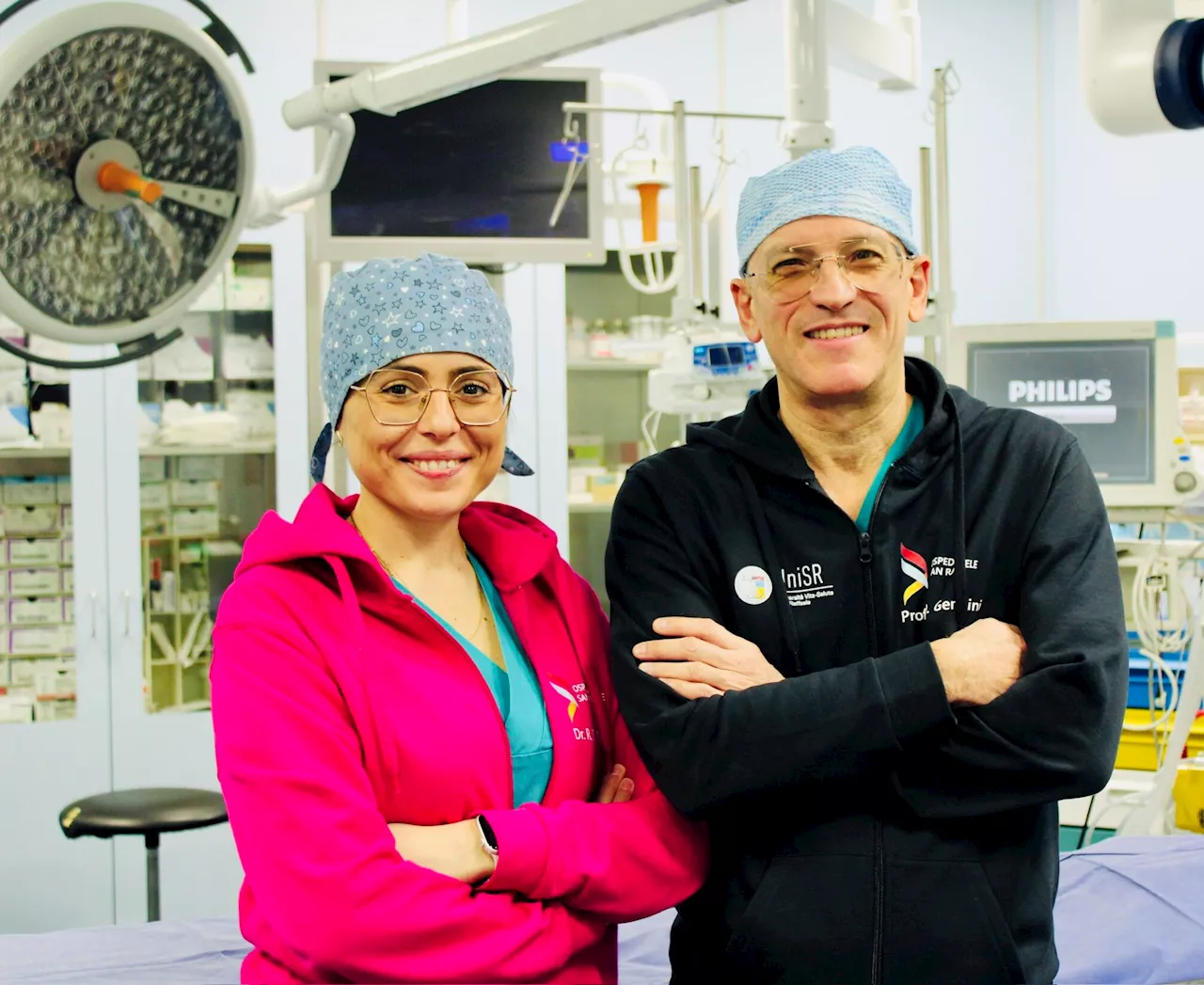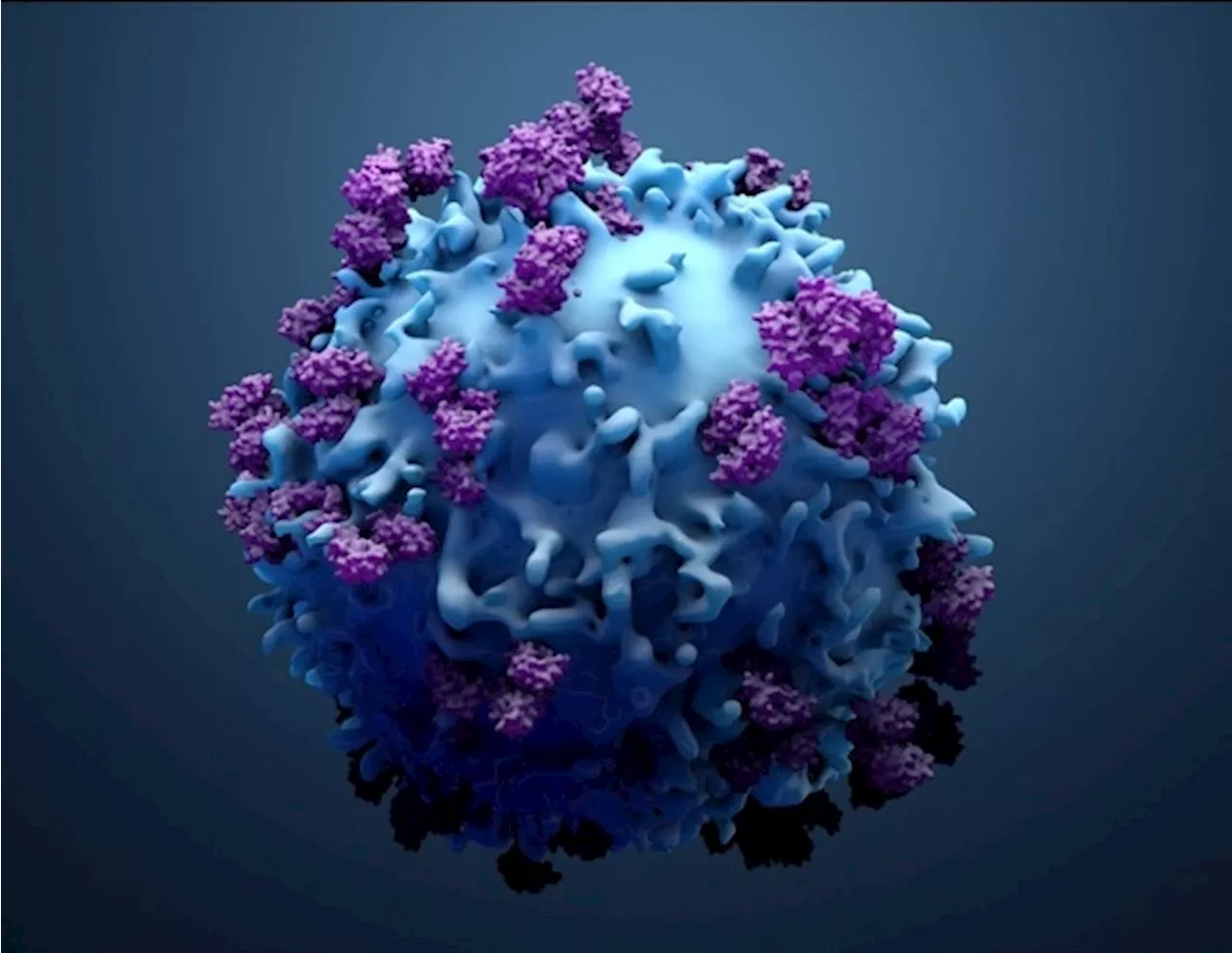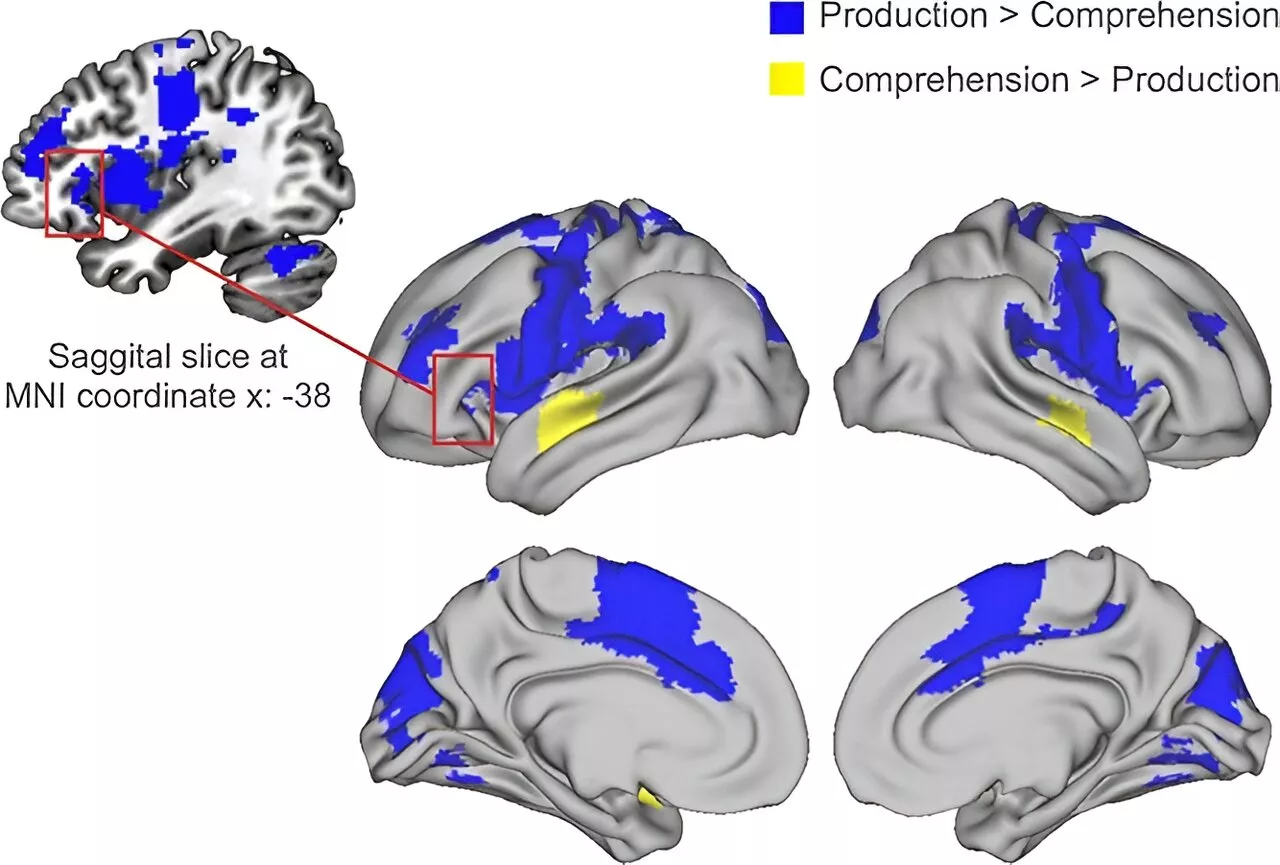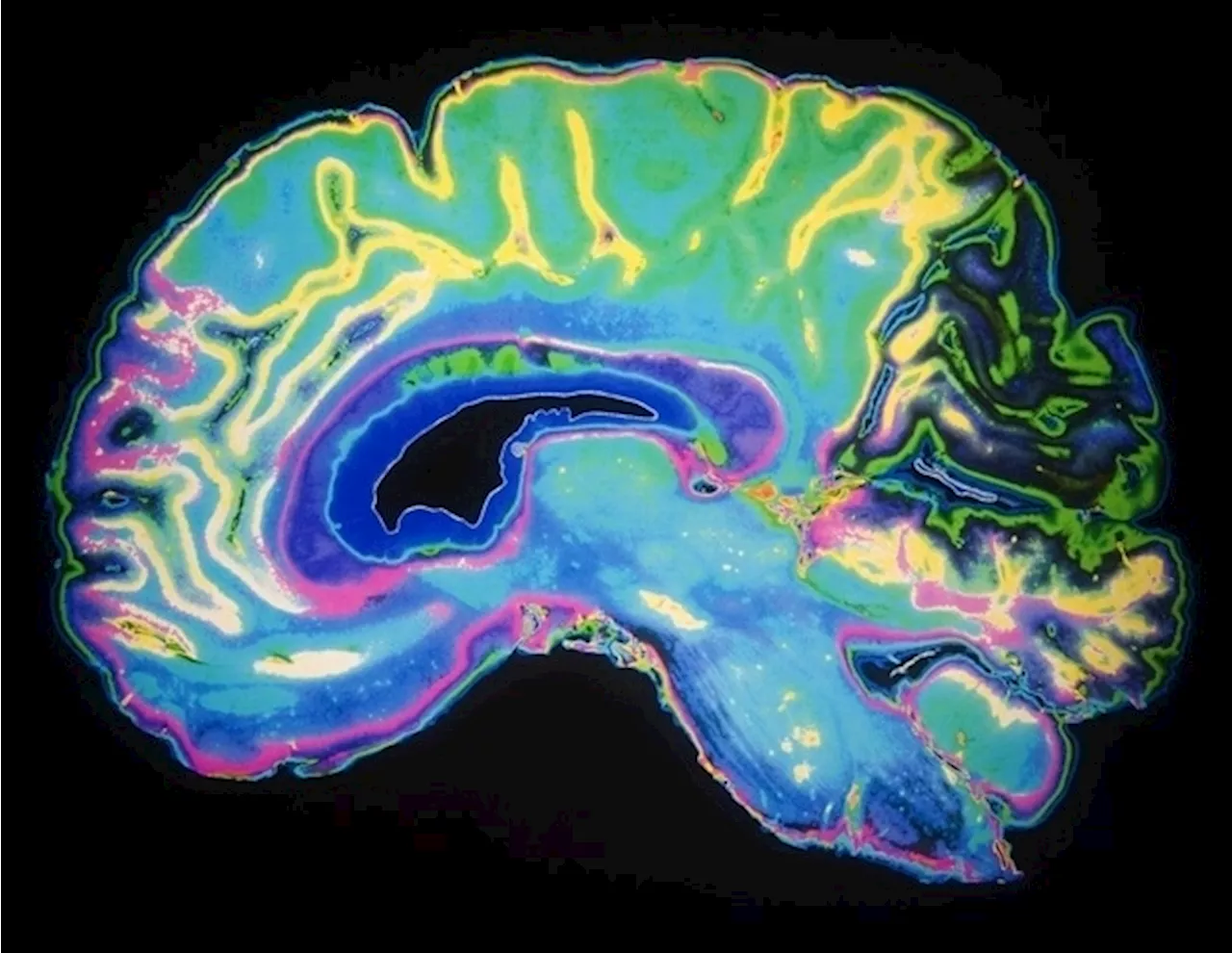A new way of imaging the brain with magnetic resonance imaging (MRI) does not directly detect neural activity as originally reported, according to scientists at MIT's McGovern Institute.
Mar 27 2024McGovern Institute for Brain Research A new way of imaging the brain with magnetic resonance imaging does not directly detect neural activity as originally reported, according to scientists at MIT's McGovern Institute. The method, first described in 2022, generated excitement within the neuroscience community as a potentially transformative approach.
So when a team of scientists reported in Science a new MRI method called DIANA, for "direct imaging of neuronal activity," neuroscientists paid attention. The authors claimed that DIANA detected MRI signals in the brain that corresponded to the electrical signals of neurons, and that it acquired signals far faster than the methods now used for functional MRI.
Recreating the MRI procedure reported by DIANA's developers, postdoctoral researcher Valerie Doan Phi Van imaged the brain of a rat as an electric stimulus was delivered to one paw. Phi Van says she was excited to see an MRI signal appear in the brain's sensory cortex, exactly when and where neurons were expected to respond to the sensation on the paw. "I was able to reproduce it," she says. "I could see the signal.
Phi Van traced the source of the specious signals to the pulse program that directs DIANA's imaging process, detailing the sequence of steps the MRI scanner uses to collect data. Embedded within DIANA's pulse program was a trigger for the device that delivers sensory input to the animal inside the scanner. That synchronizes the two processes, so the stimulation occurs at a precise moment during data acquisition.
Deutschland Neuesten Nachrichten, Deutschland Schlagzeilen
Similar News:Sie können auch ähnliche Nachrichten wie diese lesen, die wir aus anderen Nachrichtenquellen gesammelt haben.
 MRI method purported to detect neurons' rapid impulses produces its own misleading signals insteadA new way of imaging the brain with magnetic resonance imaging (MRI) does not directly detect neural activity as originally reported, according to scientists at MIT's McGovern Institute. The method, first described in 2022, generated excitement within the neuroscience community as a potentially transformative approach.
MRI method purported to detect neurons' rapid impulses produces its own misleading signals insteadA new way of imaging the brain with magnetic resonance imaging (MRI) does not directly detect neural activity as originally reported, according to scientists at MIT's McGovern Institute. The method, first described in 2022, generated excitement within the neuroscience community as a potentially transformative approach.
Weiterlesen »
 Conor Laverty backs NI and Newry City striker John McGovern to make Down impactThe Mourne boss also provided an injury update regarding Caolan Mooney, who didn’t feature in Sunday’s round seven win over Clare
Conor Laverty backs NI and Newry City striker John McGovern to make Down impactThe Mourne boss also provided an injury update regarding Caolan Mooney, who didn’t feature in Sunday’s round seven win over Clare
Weiterlesen »
 Quibim introduces QP-Liver for enhancing liver disease diagnosis through MRI analysisQuibim, a global company pioneering imaging biomarkers for precision medicine, is today announcing the launch of a new product, QP-Liver, which improves the diagnosis of diffuse liver diseases through highly accurate quantification of tissue fat and iron from MRI scans.
Quibim introduces QP-Liver for enhancing liver disease diagnosis through MRI analysisQuibim, a global company pioneering imaging biomarkers for precision medicine, is today announcing the launch of a new product, QP-Liver, which improves the diagnosis of diffuse liver diseases through highly accurate quantification of tissue fat and iron from MRI scans.
Weiterlesen »
 A combined PET-MRI scan could improve treatment for patients with early breast cancerUsing a combined scanning technique on patients with early-stage breast cancer improved treatment in almost three out of ten cases in a trial presented at the 14th European Breast Cancer Conference.
A combined PET-MRI scan could improve treatment for patients with early breast cancerUsing a combined scanning technique on patients with early-stage breast cancer improved treatment in almost three out of ten cases in a trial presented at the 14th European Breast Cancer Conference.
Weiterlesen »
 MRI and lumbar puncture may not be necessary for managing CAR T-cell associated toxicitiesMagnetic resonance imaging (MRI) and lumbar puncture (LP) may not always be necessary for diagnosing and managing a serious neurological complication associated with CAR T-cell therapy, according to a new Blood Advances study.
MRI and lumbar puncture may not be necessary for managing CAR T-cell associated toxicitiesMagnetic resonance imaging (MRI) and lumbar puncture (LP) may not always be necessary for diagnosing and managing a serious neurological complication associated with CAR T-cell therapy, according to a new Blood Advances study.
Weiterlesen »
 Functional MRI scans provide a novel view of the brain's language network during conversationResearchers have revealed new insights into how the brain processes speech and listening during conversations through advanced investigations using functional magnetic resonance imaging (fMRI).
Functional MRI scans provide a novel view of the brain's language network during conversationResearchers have revealed new insights into how the brain processes speech and listening during conversations through advanced investigations using functional magnetic resonance imaging (fMRI).
Weiterlesen »
